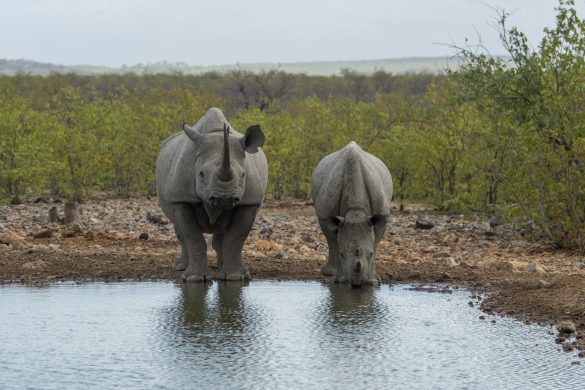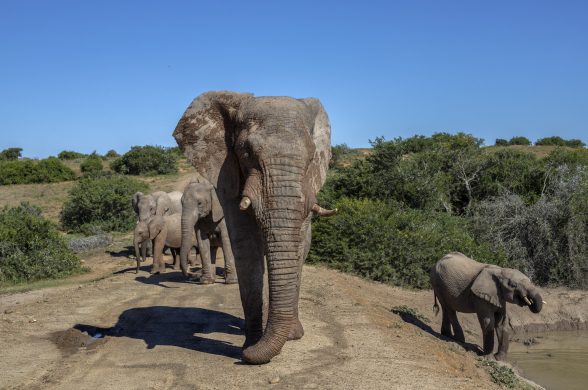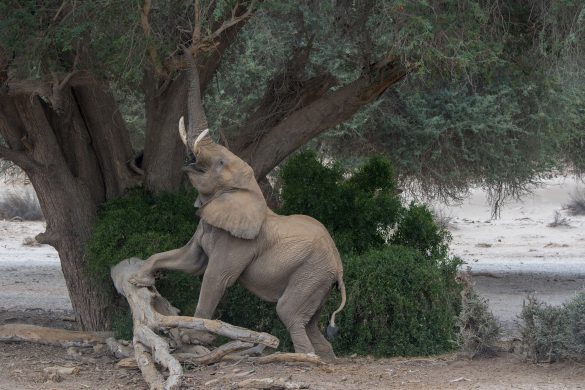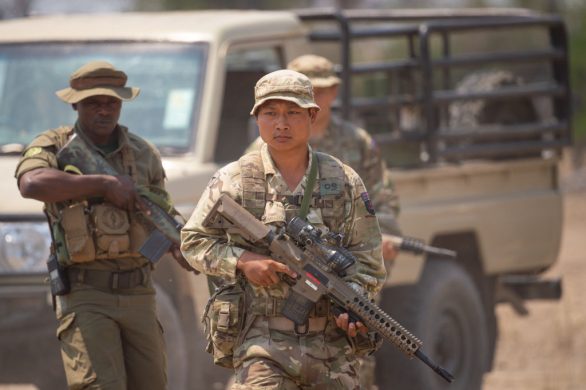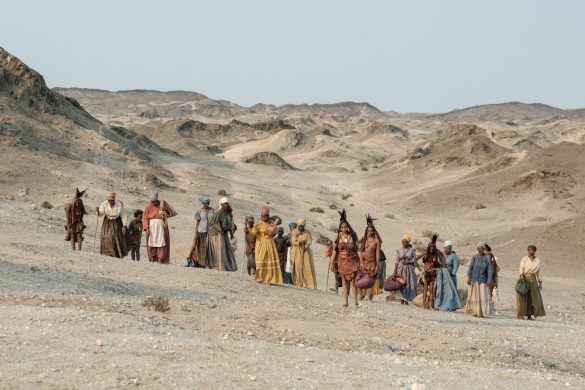JOHANNESBURG, 7 February 2011 (IRIN): In the deep north of Southern Africa’s driest country, Namibia, about 10 km from the Angolan border, live an elderly farming couple and their 10 adopted children, who watch the sky every day for rain. If the heavens do not open in another three weeks, they will not have enough food this year.
Pearl millet (hirse), the staple grain (grundnæringsmiddel) in northern Namibia and known as mahangu in the local language, is a drought-tolerant grain grown in semi-arid (halvtørre) and arid areas.
But Evard Haukongo, 67, wants just the right amount of rain. In the past four years, he and other farmers in the Omsati region have struggled with floods. In the years before 2007, dry spells claimed (ødelagde) their precious millet and many of their livestock.
– Farming is very hard now, it is a tough job; they say the climate is changing, he said, wiping the sweat off his forehead as he pulled weeds (ukrudt) from the sandy soil of his five-hectare smallholding.
It is early in the morning but you can almost bake a loaf of bread in the heat. The tender green millet plants, only 60 cm high, growing out of the dry ground do not really stand a chance.
– Me and my wife are the last of the farmers in our family – this will die with us, he said. Their own five children have all grown up and “found their own ways”, as his wife, Mirjam, put it, and settled in towns.
– Maybe if they (the adopted children) want to farm they will divide our land into 10 pieces and grow vegetables, he said, laughing.
He looked on fondly (glad) as five of his adopted children set off for school. Despite not being related by blood, the children are close and share everything – from wild berries picked after school to every slice of bread.
Evard and Mirjam converse in English because they trained as teachers. The goal was to return to their village to farm their land, and teach in the neighbouring school.
– We are farmers by birth – it is what we are – but we also loved to teach. We were teachers for some hours every morning (for two decades) and then farmers for the rest of the day, said Mirjam, digging her spade into the ground.
– If we did not plant we did not eat, she noted.
The money they earned as teachers was not enough to feed and clothe their five children. Now, retired and living on a monthly pension of about 137 US dollar, they barely have enough to cover the needs of 10 children.
All the children – from the eldest, who is 20 years old, to the youngest, just three years old – spend most of their day tending the millet plants.
– When we have mahangu we feel we are rich, even if we do not have money, Evard said.
The subsistence farmers gave a home to the 10 children, passed on by dying or poor parents who were either friends or distant relatives. They also opened their home to me for a day and a night.
Læs videre på http://www.irinnews.org/Report.aspx?ReportID=91843


